- 02 9712 1736
- [email protected]
- 212 Great North Road, Five Dock, NSW 2046
- Open 7 days a week
Hip labral tears can often result in hip or groin pain. This condition is more common than you think and is not limited to specific individuals. It can affect anyone from highly active athletes to office workers with more sedentary lifestyle. In this post, we explore the anatomy of the hip joint and the labrum, risk factors contributing to labral tear, and strategies for treatment and prevention.
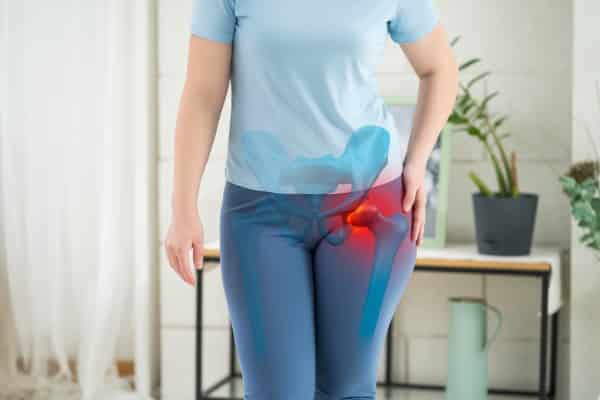
1. Hip labrum tears can result in hip or groin pain, reduced range of movement in the hip, clicking in the hip joint, and sensation of locking up of the hip joint.
2. Hip labrum tears may be caused by repetitive mechanical stress of the hip joint as a result of repetitive twisting at the hip joint and sustaining squat posture from extended periods of time, or as a result of wear and tear as we age.
3. Hip labrum tears can be treated conservatively by improving mobility in the joint and strength in the surrounding musculature, or with surgical intervention when non-surgical treatment fails to produce effective results.
Hip or groin pain can lead to disruption of your day-to-day activities and your ability to walk and move. Between 22% and 55% of individuals experiencing hip or groin pain are diagnosed with hip labral tear. Labral tears can occur without a clear mechanism of injury, with a significant majority (up to 74.1%) of cases not linked to a specific traumatic event. Labral tears can affect both men and women, but is more common in women.
The risk of developing hip labral tears increases with age. Most individuals suffering from hip or groin pain as a result of hip labral tears are in their fourth decade of life. This is predominantly a result of wear and tear.
Athletes such as ballet dancers, gymnasts, golfers, footballers, and hockey players are at a heightened risk of suffering from hip labral tears. This is due to the repetitive external rotation and hyperextension of the hips, hyperflexion of the hips, and prolonged squatting posture associated with these sports. Repetitive mechanical stress of the hip joint associated with the demands of these sporting activities, as well as direct trauma from jumping, twisting, and falling can increase the risk of hip labral tears. But do not worry – If you find the description above relatable, there are things that you can do to prevent or reduce the risk of having hip labral tears. It is important that when you engage in these sports, that you maintain good mobility in your lower back and lower limbs to reduce the mechanical stress on your hips. You will also want to avoid repetitively forcing your hip joints into extreme ranges of motion. Building strength in the muscles around your hips can help to increase hip stability.
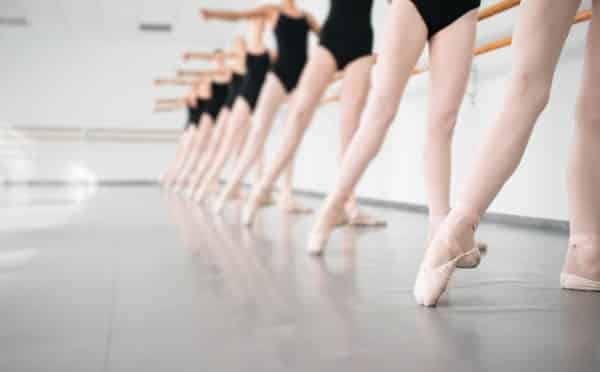
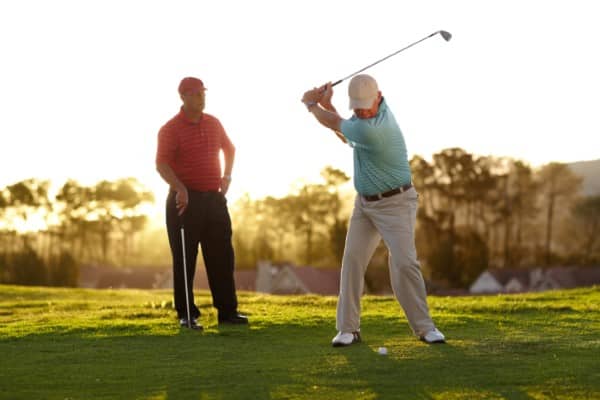
The hip joint is one of the largest joints in your body. This is where your thigh bone, the femur, joins into your pelvis at the hip socket, the acetabulum. The hip joint is thus referred to as the femoroacetabular joint for this reason. The ball-and-socket configuration of the joint allows for a wide range of movement in the hip joint. The depth of the acetabulum allows it to cover almost the entirety of the femoral head, creating joint stability.
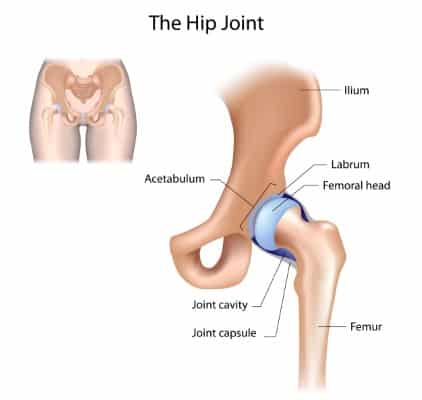

The hip labrum is an important part of the hip joint. It plays a role in increasing hip joint stability. The hip joint is made up of the hip socket and the head of the femur, in a ball-and-socket configuration. The hip labrum is a fibrocartilaginous structure that lines the inside of the hip socket. It seals the space between the hip socket and the head of the femur, prevents friction between the two bony structures, and helps dissipate mechanical loads over a larger surface area of the joint. The hip labrum also has a role in joint proprioception – your ability to sense where your body is in space without having to look at it – and is thus essential to your ability to balance.
Hip labral tears often lead to a variety of common symptoms. These include hip or groin pain, reduced range of movement in the hip, clicking in the hip joint, and sensation of locking up of the hip joint. Pain may be felt in different areas around the hip aside from the hip and groin, including the anterior thigh, lateral thigh, buttock, and it can even radiate to the knee. This pain can intensify during activities like running, walking, twisting movements, and climbing stairs.
Pain as a result of a hip labral tear often starts out as pain that is deep in the hip joint and can often feel like a dull ache. Aggravating activities may cause the pain to intensify and radiate into the groin, buttock, and knee.
Hip labral tears can cause a range of mechanical symptoms such as clicking, locking, and stiffness that can become more apparent while the joint is in motion.
As with most other conditions, diagnosis of hip labral tears start with understanding the characteristics and behaviour of the pain, mechanism of injury, and relevant risk factors through conducting a thorough pain and medical history. Providing your medical practitioner with these relevant information can help them narrow possible diagnosis.
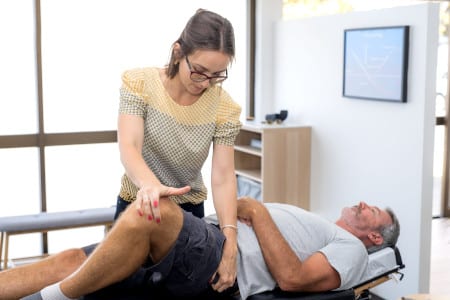
Physical examination helps your medical practitioner understand your hip joint better. Assessing for things like range of movement (or the lack of it) and the type of movement that reproduces the pain that you feel gives your medical practitioner an idea of what is occurring at the hip joint.
The best way to confirm a hip labral tear is to use medical imaging. Your medical practitioner may refer you for an MRI if a hip labral tear is suspected. Imaging will provide your medical practitioner with other important information too, such as the type of hip labral tear that you have. A special type of MRI called an MR arthrogram is normally used, which involves the injection of contrast fluid to provide better imaging accuracy for diagnosing hip labral tears.
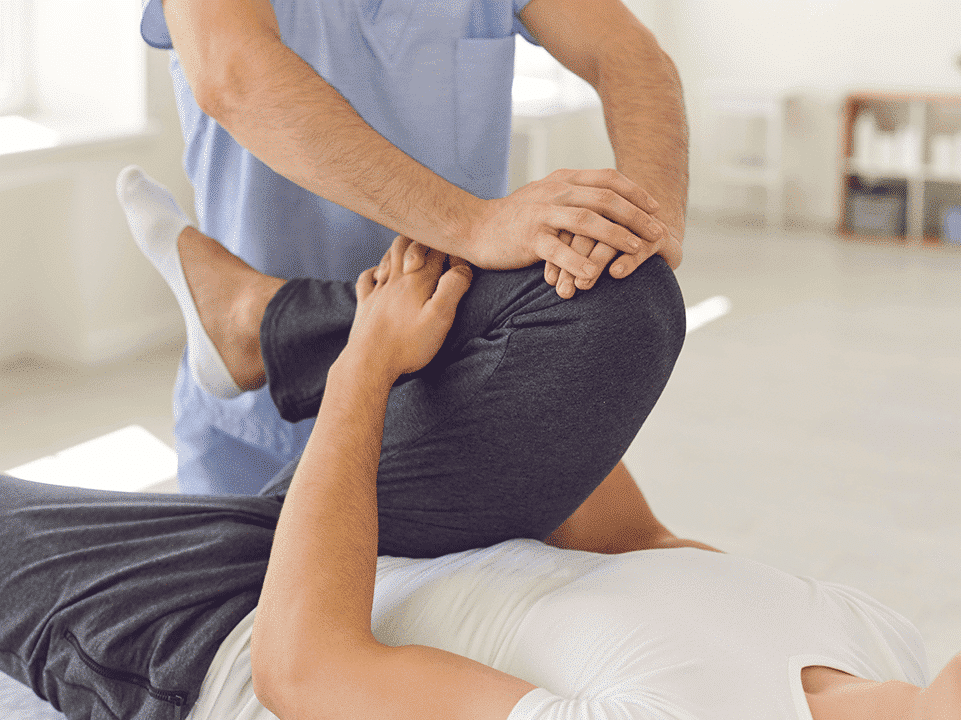
Following confirmation of a hip labral tear, you have the option of pursuing non-surgical treatment or surgical intervention. This decision may be influenced by the severity of symptoms and the impact on your current quality of life. Generally, non-surgical treatment is recommended first, and a surgical intervention is pursued if non-surgical treatment is not producing effective results.
Non-surgical approach to treatment involves using physical therapy to create more mobility in the hip by addressing muscle tightness around the hip joint and using traction to reduce compression in the hip joint. Soft tissue work can be used to increase blood flow into the hip, facilitating recovery by allowing inflammation to move away. With reduction of symptoms, strengthening exercises are introduced to build muscle strength around the hip joint to maintain the joint space and joint mobility.
Surgical intervention is necessary when the conservative approach fails to produce effective results. This could be due to the extent of damage that has occured to the hip labrum. Surgery is needed in cases where the tear results in a fragment of the hip labrum to peel away from the hip socket or floating in the hip joint. The most common surgery for hip labral tears is hip arthroscopy, a procedure that addresses these issues and attempts to repair the hip labrum.
Recovering from hip labral tear can take a long time. It can take a few weeks to achieve symptoms relief with non-surgical treatment, and a few more weeks to build the muscle strength necessary to maintain stability and mobility in the hip joint. Recovering from a hip surgery will take longer, with some people taking four to six months after surgery to be able to move normally. Rehabilitation can help make this process faster.
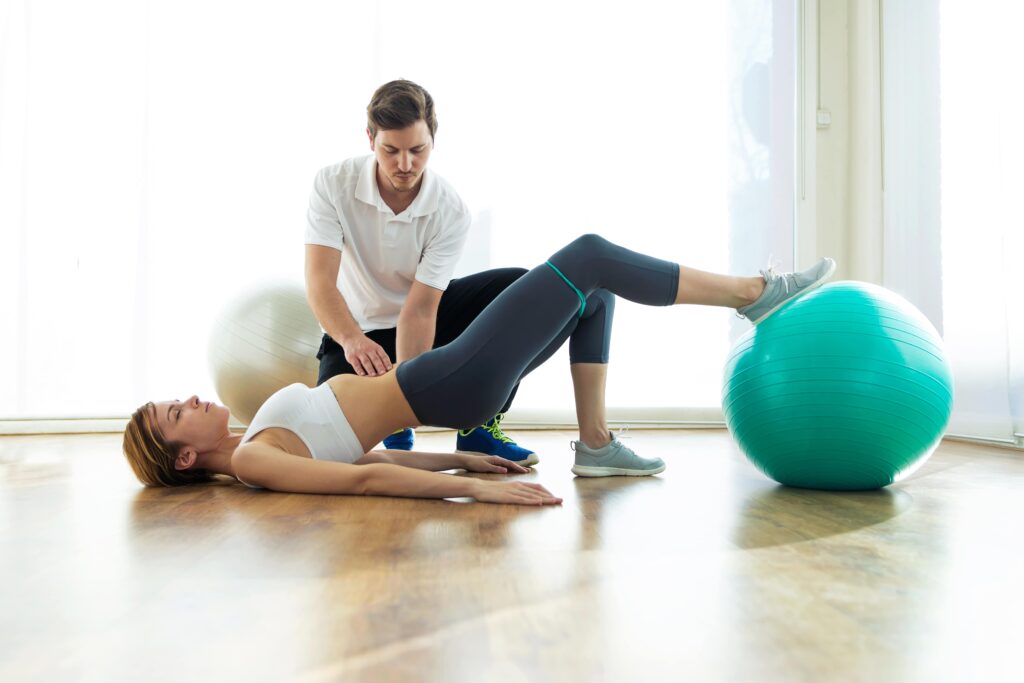
A combination of regular stretching, warm-up routines, and strengthening exercises for the muscles around the hip joint can help minimise mechanical stress on the joint and reduce the likelihood of labral tears.
In this blog, we have explored the risk factors and causes of hip labral tears, delved into the anatomy of the hip joint, identified the symptoms and diagnostic methods, considered both surgical and non-surgical treatment options, and discussed strategies for recovery and prevention. If you suspect that your hip pain may be from a hip labrum tear, considering making an appointment with us today to get our professional opinion and begin your recovery process.
Common symptoms of a hip labral tear include pain in the anterior hip or groin, reduced range of motion in the hip, and mechanical symptoms like clicking, locking, and catching. These symptoms should be addressed by a medical professional to determine the best course of action.
The role of the hip labrum is to enhance stability of the hip joint, act as a shock absorber, and reduce contact stress between the acetabular and femoral cartilage.
Hip labral tears are diagnosed through a physical exam and imaging techniques such as X-ray and MRI scans to visualize the hip joint more accurately. MRIs are often used to confirm the diagnosis.
Surgical and non-surgical treatment options are available for hip labral tears. Non-surgical treatments focus on symptom management through lifestyle changes, physical therapy, and medication, while surgical options are considered for severe cases or when nonsurgical treatments are ineffective.
The recovery period after treatment for a hip labral tear can vary, but after surgery it typically takes four to six months, while non-surgical recovery may show symptom relief within a few weeks.
Forest Lodge, Annandale, Glebe, Leichhardt, Balmain, Haberfield, Canada Bay, Rozelle, Rodd Point, Wareemba, Stanmore, Petersham, Lilyfield, Hunters Hill, Enfield, Cabarita, Mortlake, Rhodes, Burwood Heights, Birchgrove, Gladesville, Huntleys Point, Abbotsford, Ashfield, Croydon Park, Croydon, Chiswick, Russell Lea, Burwood, Strathfield, Concord, Drummoyne, North Strathfield, Liberty Grove, Dulwich Hill, Lewisham, Camperdown, Ashbury, Homebush, Homebush West, Woolwich, Henley, Summer Hill, Sydney Olympic Park
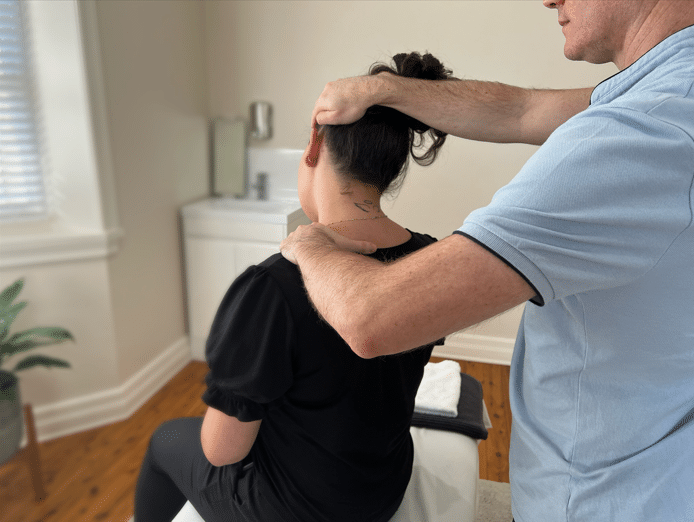

About
Five Dock Osteopathic & Chiropractic is located in Canada Bay, in Sydney’s Inner West. Servicing suburbs including Burwood, Croydon, Drummoyne, Five Dock, Haberfield, Concord, Abbotsford, Chiswick, Leichhardt, Wareemba, Russell Lea, Summer Hill, Strathfield.
Clinic hours
Monday, Tuesday, Thursday 7AM – 7PM
Wednesday, Friday 7AM – 6PM
Saturday 7AM – 2PM
Sunday 8AM – 2PM
Contact details